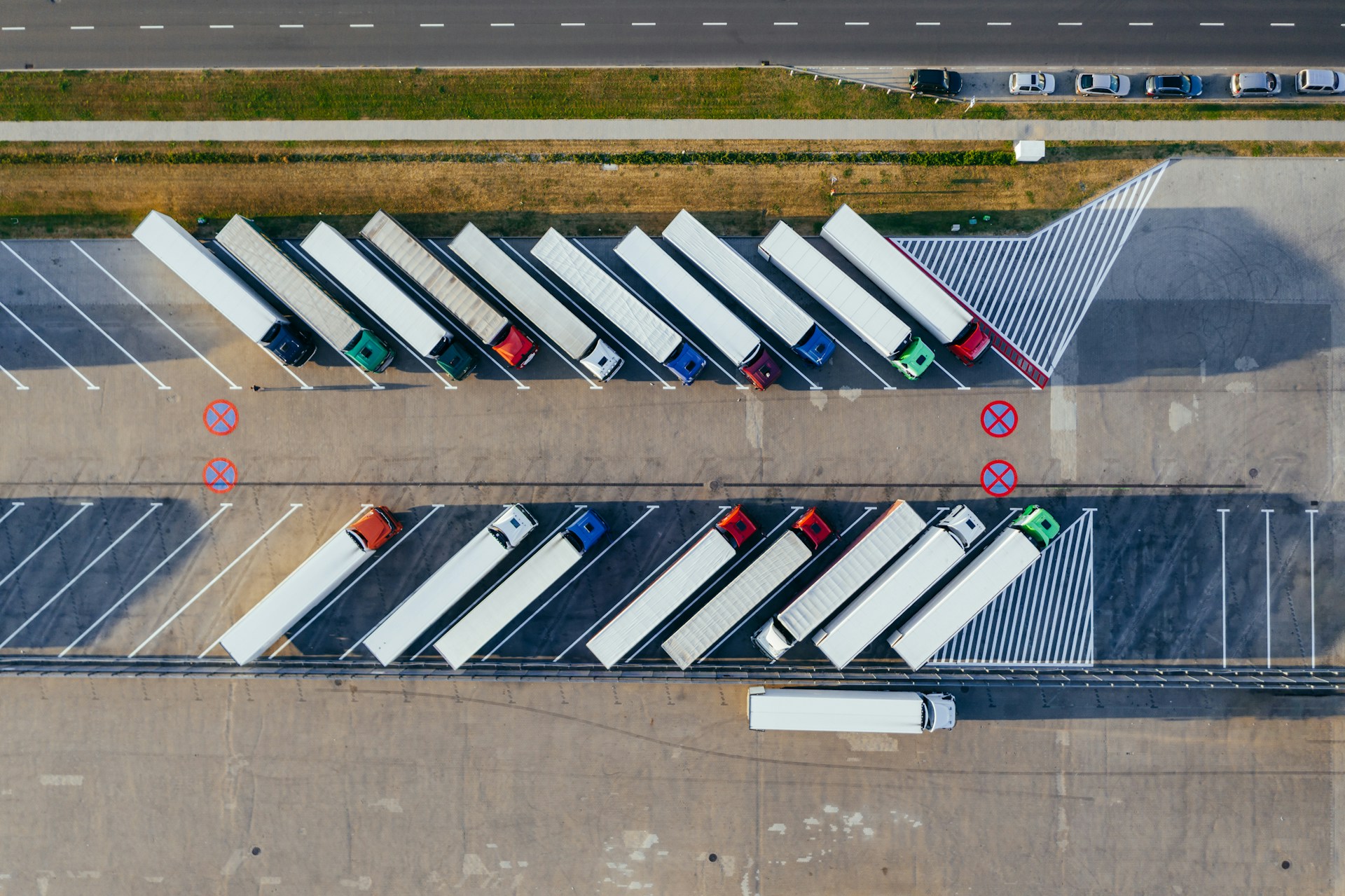
Parking—it seems like such a minor part of our daily lives. Yet, it tremendously impacts our safety, legal responsibilities, and even the well-being of our communities. Whether parking your car in a crowded urban setting or finding a truck parking spot off a highway, the importance of parking cannot be underestimated. Safe and legal parking is not just a convenience; it’s a cornerstone of responsible living. In this post, we’ll explore why parking matters more than you realize, diving into its impact on public safety, legal compliance, community aesthetics, and economic factors.
Let’s face it: when we park irresponsibly or ignore rules, it’s not just our convenience at stake—it’s about the broader implications for everyone sharing the space around us.
Many of us park without a second thought. You pull into an available spot, make sure your vehicle isn’t blocking anything, and walk away without considering the greater implications. However, parking is far more critical than just leaving your car or truck in a spot.
Safe and legal parking is integral to a functioning society. From preventing accidents to fostering community harmony, unsafe parking spots can lead to vehicle damage, theft, and even accidents, while illegal parking can burden public infrastructure and result in fines or insurance problems for drivers.
Table of Contents
Definition and Significance of Safe Parking
Before diving into the details, let’s establish what safe and legal parking means. Safe parking refers to well-lit, appropriately designed spaces that help drivers avoid accidents, theft, and threats to personal safety. Legal parking conforms to local rules and regulations, ensuring drivers don’t face fines, liability issues, or insurance complications.
A Simple Yet Critical Concept
Despite being straightforward in concept, millions of violations occur daily around the globe. And it’s not just cars—issues surrounding truck parking spots are growing as freight needs expand across the U.S. Demand often exceeds availability in urban and freight-heavy states, creating risks for truck drivers and other road users.
Safety Considerations
Safe parking is a public safety necessity, not an option. How we park impacts traffic flow, individual security, and pedestrian safety.
Reducing Accidents Through Well-Lit Areas
A poorly lit parking lot or roadside stop can feel like a haven for criminals or accidents waiting to happen. However, according to a report by the National Parking Association, crime rates decrease drastically in areas with sufficient lighting. Similarly, accidents—including minor fender benders—are less likely in safe, well-marked parking spaces.
For truck drivers searching for a reliable truck parking spot on their route, a well-lit and clean environment provides the kind of reassurance that keeps them focused on the road and their deliveries rather than worrying about damage or theft.
Crime Deterrence
Parking in dim or unsafe locations increases the risk of vandalism, theft, and even personal assault. Statistics from the FBI show that vehicle theft is among the most common crimes in poorly monitored parking spots. When discussing truck parking challenges, it’s worth noting that theft targeting shipping vehicles and their cargo is a growing problem. Finding safe parking isn’t just about your vehicle—it protects goods, livelihoods, and businesses.
Legal Implications
Park in the wrong place, and the law can catch up with you faster than you think. Legal compliance in parking goes beyond avoiding a ticket—there are broader consequences to failing to park correctly.
Traffic Laws and Illegal Parking Consequences
Illegal parking isn’t just annoying for fellow road users—it’s a direct violation of traffic laws. Parking violations range from tickets for expired meters to towing vehicles that obstruct emergency zones. In Florida, improperly parked trucks could face hefty fines, especially in areas where designated parking spots exist but are ignored.
Liability and Insurance Issues
Don’t overlook the financial burden that accompanies illegal parking. If you park your car—or truck—inappropriately and end up causing an accident, you may bear legal and financial liability. Insurance companies also frown upon unsafe parking habits, sometimes denying claims when the claimant is at fault for parking-related incidents.
Imagine a truck driver failing to secure a proper parking spot and using a highway shoulder instead. Not only does this create a safety hazard, but it puts them at risk for liability claims if an accident occurs.
Social and Economic Effects
Parking affects more than just your car—it affects the streets, neighbourhoods, and cities around you.
Impact on Community Aesthetics
Illegal and unsafe parking contributes to urban clutter and chaos. Cars left on sidewalks or trucks improperly stationed in residential areas detract from community appeal. Local governments often spend significant resources cleaning up the mess that parking violations leave behind.
Well-planned parking solutions enhance community aesthetics and contribute to urban harmony. Integrating spots into infrastructure plans can help minimize disruptions, ensuring trucks don’t awkwardly park along roadsides or in non-designated areas.
Financial Implications of Violations
Parking tickets and towing fees are a visible consequence of unsafe and illegal parking, but the financial impact extends further. Businesses surrounded by parking chaos can experience decreased customer visits, while truck drivers facing parking shortages may suffer downtime or shipment delays.
An estimated $23 billion annually is lost due to freight inefficiencies—including shortages in safe truck parking spots where drivers can rest or store their vehicles. The trucking industry, a central logistics hub, suffers heavily from this challenge, making truck parking Florida a critical statewide issue.
Accessibility
Parking spaces should serve everyone, from non-disabled drivers to individuals with disabilities to truckers transporting coast-to-coast freight.
Need for Designated Spaces for All
Accessibility extends beyond parking areas’ physical attributes to the “who” and “how” of their use. Accessible parking spots include handicapped zones with extra width and lowered inclines, family-friendly parking near entrances, and truck parking areas designed specifically for large vehicles.
All too often, accessibility priorities are overlooked when truck drivers must settle for dangerous roadside locations due to a lack of available truck parking spots.
Final Thoughts
Parking is more than where you leave your vehicle—it shapes safety, legality, community well-being, and equality of access. Immoral or illegal parking doesn’t only involve a slap-on-the-wrist fine; it impacts everything from local aesthetics to accident statistics to liabilities for businesses and individuals.
Truck parking spot shortages bring these factors into sharper focus, especially in bustling states like Florida, where logistics and infrastructure play vital roles. Addressing unsafe and illegal parking—whether for private vehicles or trucks—is about enforcing rules and creating functional systems that benefit all users of public and private spaces.
Safe and legal parking isn’t a luxury—it’s a necessity for modern communities. By advocating for safer parking lots with improved lighting, marked spaces, and better accessibility options, we can reduce crime, accidents, and inefficiencies in cities and neighbourhoods. For the trucking industry, solutions like better planning for truck parking facilities are essential for ensuring logistics run smoothly while prioritizing driver safety. Parking responsibly isn’t just about you—it’s about creating a safer, more respectful environment for us all.


